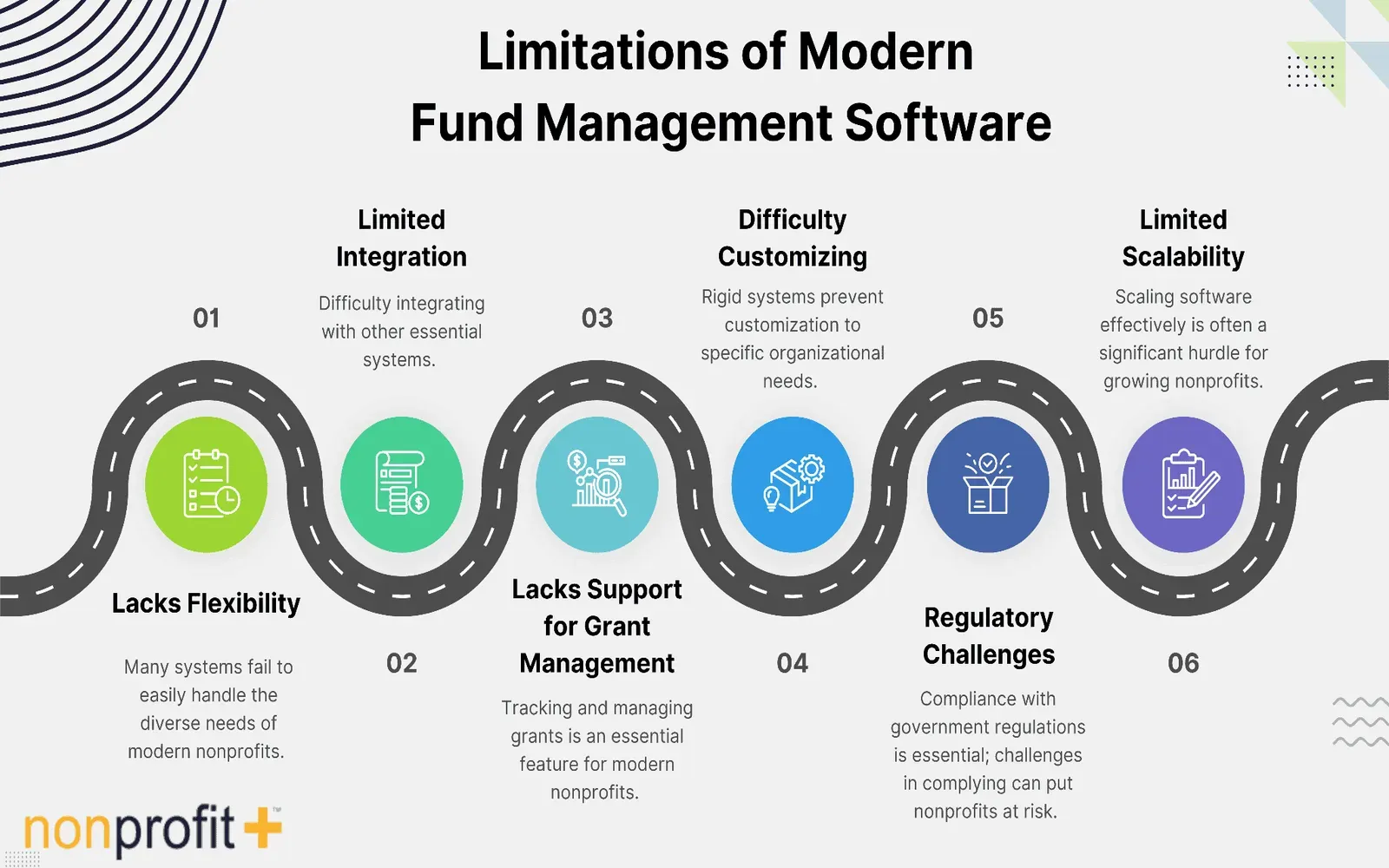Investing in mutual funds can be an excellent way for beginners to start building wealth. With a variety of options and the ability to pool money with other investors, mutual funds provide an accessible entry point into the world of investing. In this guide, we will cover essential aspects of mutual fund investing, including types of funds, how to choose the right one, and strategies for getting started.
What Are Mutual Funds?
Mutual funds are investment vehicles that pool money from multiple investors to purchase a diversified portfolio of stocks, bonds, or other securities. Each investor buys shares in the fund, and the value of those shares rises and falls with the performance of the underlying assets. This diversification helps reduce risk, making mutual funds a popular choice among beginner investors.
Types of Mutual Funds
Understanding the different types of mutual funds is crucial for making informed investment decisions. Here are some of the most common types:
- Equity Funds: These funds invest primarily in stocks and are suitable for investors seeking growth. They are typically more volatile than other types of funds.
- Bond Funds: These funds invest in fixed-income securities and are generally considered less risky than equity funds. They provide regular income through interest payments.
- Balanced Funds: These funds invest in a mix of stocks and bonds, aiming to provide both growth and income while mitigating risk.
- Index Funds: These are passively managed funds that track a specific market index, such as the S&P 500. They typically have lower fees and are ideal for long-term investors.
- Sector Funds: These funds focus on specific sectors of the economy, such as technology or healthcare. They can be more volatile but offer the potential for high returns.
How to Choose the Right Mutual Fund
Selecting the right mutual fund for your investment goals involves several considerations:
- Investment Goals: Determine your financial objectives, whether they are long-term growth, income generation, or capital preservation.
- Risk Tolerance: Assess your comfort level with risk. Equity funds may offer higher returns but come with increased volatility. Conversely, bond funds are typically safer but may yield lower returns.
- Expense Ratios: Look for funds with low expense ratios, as high fees can eat into your returns over time. Compare the costs of various funds before making a decision.
- Performance History: While past performance is not indicative of future results, reviewing a fund’s historical performance can provide insights into its management and consistency.
- Manager Experience: Research the fund manager’s experience and investment philosophy. A seasoned manager with a successful track record can be a valuable asset.
Investing Strategies for Beginners
When starting your mutual fund investment journey, consider the following strategies:
- Dollar-Cost Averaging: This strategy involves investing a fixed amount of money at regular intervals. It helps reduce the impact of market volatility and lowers the average cost of your investments.
- Long-Term Focus: Mutual funds are designed for long-term investing. Stay committed to your investment plan and avoid making impulsive decisions based on short-term market fluctuations.
- Automatic Reinvestment: Many mutual funds offer the option to reinvest dividends and capital gains automatically. This can accelerate the growth of your investment through compounding.
- Diversification: Don’t put all your eggs in one basket. Consider investing in multiple funds across different asset classes to spread risk and enhance potential returns.
How to Get Started
Getting started with mutual fund investing is easier than ever. Here’s a step-by-step guide:
- Open an Investment Account: Choose a brokerage firm or investment platform that offers mutual funds. Many online brokers have user-friendly interfaces and educational resources for beginners.
- Research and Select Funds: Use the criteria discussed above to narrow down your fund options. Make sure they align with your investment goals and risk tolerance.
- Fund Your Account: Transfer money into your investment account. Be mindful of any minimum investment requirements for the funds you choose.
- Buy Shares: Once your account is funded, you can purchase shares of the selected mutual funds. Follow the broker’s instructions for executing the transaction.
- Monitor Your Investments: Regularly review your portfolio to ensure it meets your goals. Adjust your investments as necessary based on changes in your financial situation or market conditions.
Conclusion
Mutual fund investing can be a fruitful endeavor for beginners looking to build wealth over time. By understanding the types of funds available, how to choose the right one, and employing smart investment strategies, you can set yourself up for financial success. Start your journey today and take the first step toward achieving your investment goals!
Here’s a quick comparison chart to summarize the types of mutual funds:
| Type of Fund | Risk Level | Investment Objective |
|---|---|---|
| Equity Funds | High | Growth |
| Bond Funds | Low to Medium | Income |
| Balanced Funds | Medium | Growth and Income |
| Index Funds | Medium | Long-Term Growth |
| Sector Funds | High | High Returns |









